via. Dangerous Minds
It’s certainly no slight to the late director Curtis Harrington to describe The Wormwood Star, his visually arresting 1955 portrait of occult artist/beatnik weirdo Marjorie Cameron as being “Anger-esque” considering that he’d served as the cinematographer for Kenneth Anger’s Puce Moment and that it stars Cameron, one of Anger’s most well-known cinematic avatars (Cameron famously played “The Scarlet Woman” in Inauguration of The Pleasure Dome and Harrington himself portrayed “Cesare the Somnambulist” in that film. Additionally, Paul Mathison, who played “Pan” in Anger’s druggy occult vision was the art director of The Wormwood Star).
Until The Wormwood Star came out on DVD and Blu-ray recently via Drag City/Flicker Alley as part of The Curtis Harrington Short Film Collection, it was very, very scare and very difficult to see. You either had to be a friend of Curtis Harrington, probably, or have had a mutual friend with the late director (that’s how I saw it) or maybe see it in a museum. Now it’s on YouTube, of course.

So we’ve established that’s it’s, er, Angery, meaning that there’s more than a fair share of visual flair, drama and a hefty dollop of authentic occult creepiness. Cameron, for those who don’t know, was the wife of rocket scientist/wannabe Antichrist Jack Parsons and a participant in the infamous “Babalon Working” magical rite that also involved future Scientology founder L. Ron Hubbard. She was a dedicated follower of Aleister Crowley and his occult philosophy of Thelema (“Do what thou wilt shall be the whole of the Law”).
Curtis Harrington told Cameron biographer Spencer Kansa in his book, Wormwood Star: The Magickal Life of Marjorie Cameron:
Before I made the film I’d heard from Renate [referring here to painter Renate Druks] that Cameron had spent some time in the desert trying, through magical means, to conceive a child by the spirit of Jack Parsons without success. Cameron never spoke of Jack directly, but I do remember feeling sometimes when I talked to her, of her going off into a realm that I didn’t understand at all. It was sort of an apocalyptic thing and it’s there in her poetry.
What you should know as you watch this is that the vast majority of Marjorie Cameron’s paintings were destroyed by her—burned—in an act of ritualized suicide. There are very few pieces by Cameron that have survived—a few paintings and some sketches—and The Wormwood Star is the only record of most of them (outside of the astral plane, natch. What does survive of her estate is represented by longtime New York gallerist Nicole Klagsbrun). Cameron has long been a figure of fascination for many people and I think I can say with confidence that this film meets or even far exceeds any expectations you might have for it.
As with Anger’s films, I deeply appreciate the careful aesthetic balance between beauty and evil and, as such, it’s an extraordinary document of both Marjorie Cameron Parsons’ very essence as a human being and of her creativite output. As cinema, it’s a mini-masterpiece that can stand alongside any of Anger’s films, Ira Cohen’s magnificently freaky Invasion of the Thunderbolt Pagoda, Jack Smith’s Normal Love or Yayoi Kusama’s Self-Obliteration.
Below, the seldom-seen short film, The Wormwood Star. If it looks this good on YouTube, it must look really amazing on Blu-ray. Order The Curtis Harrington Short Film Collection on Amazon (I just did).



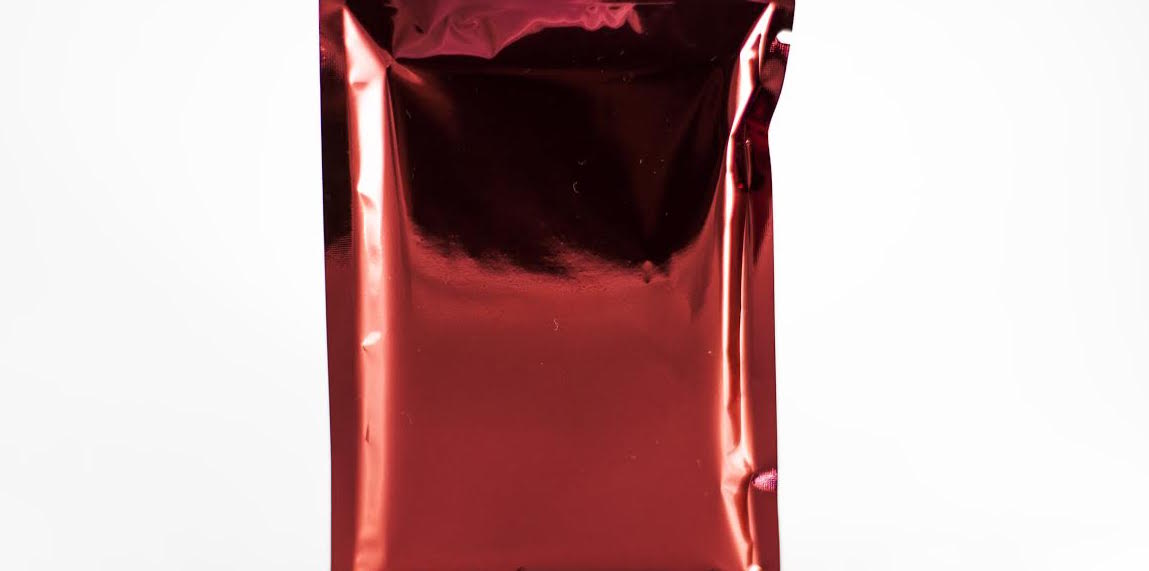
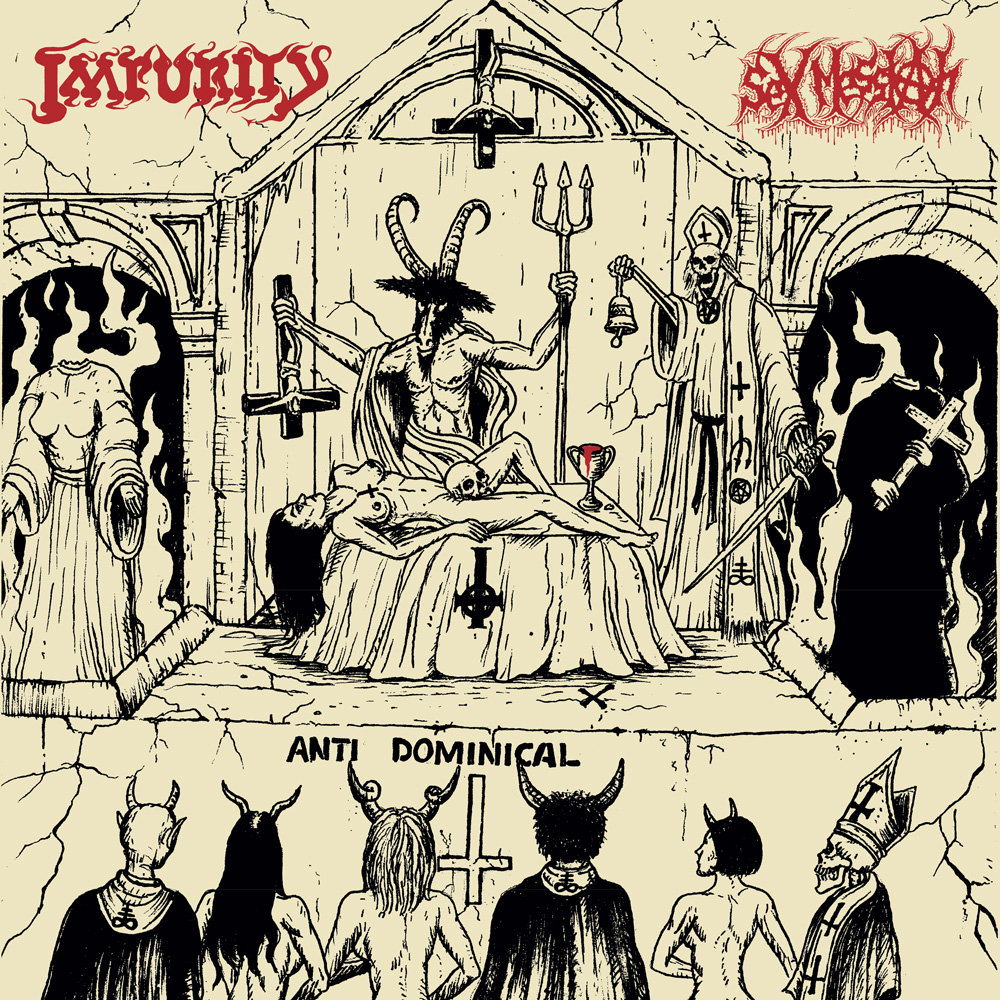



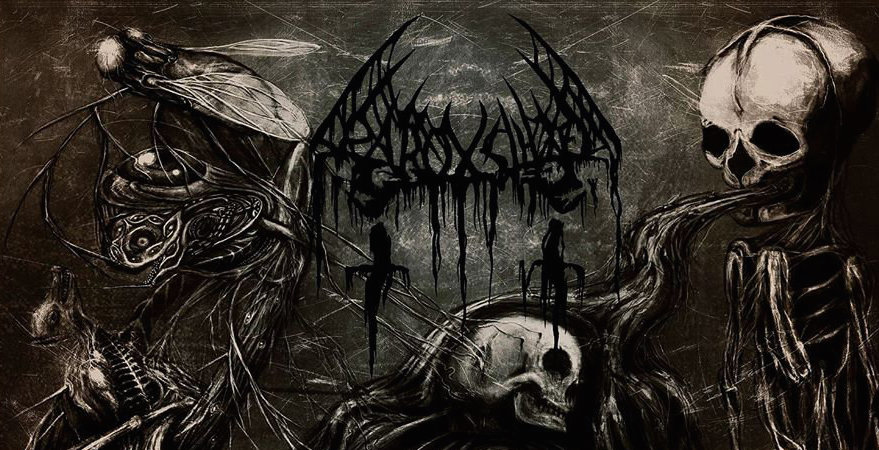
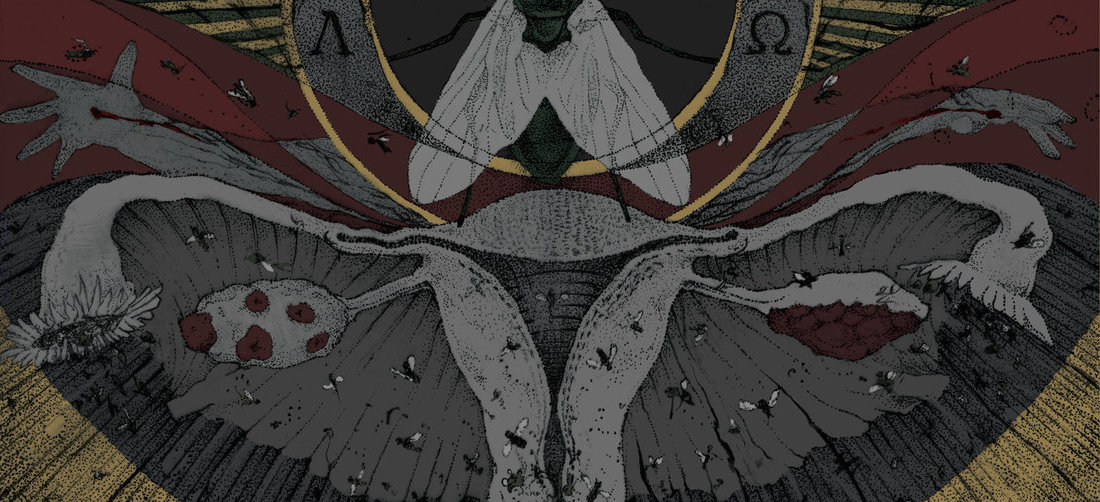
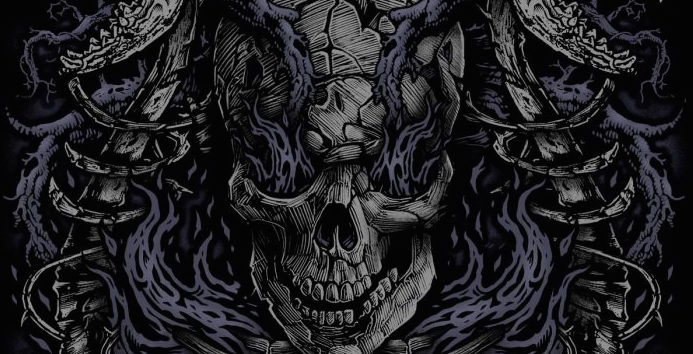
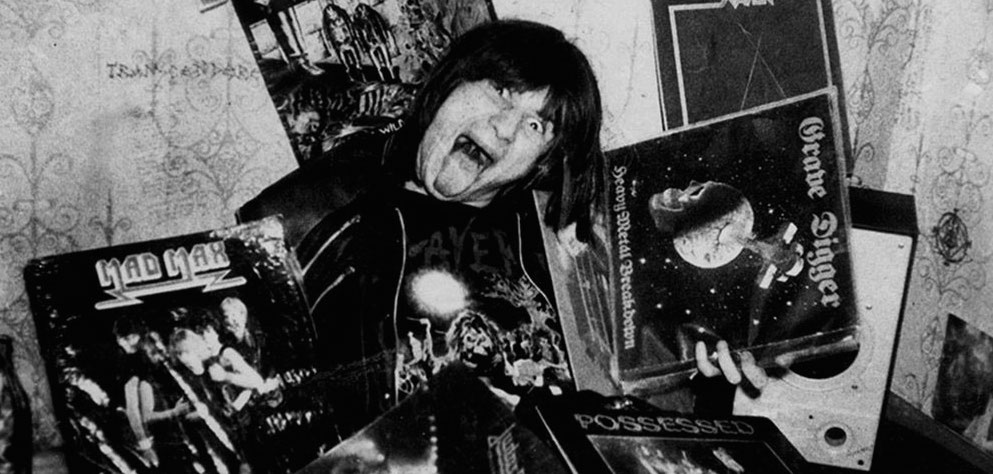
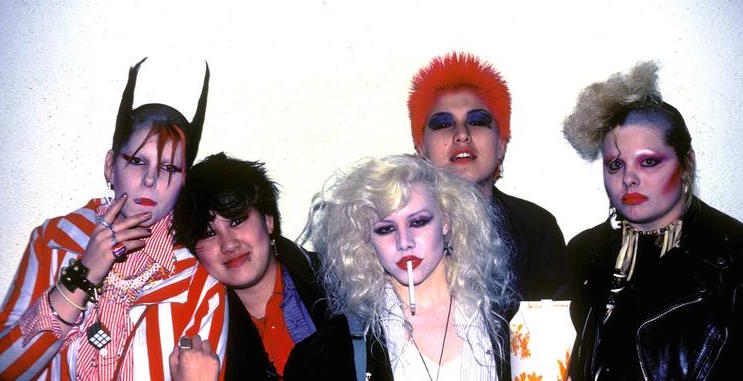



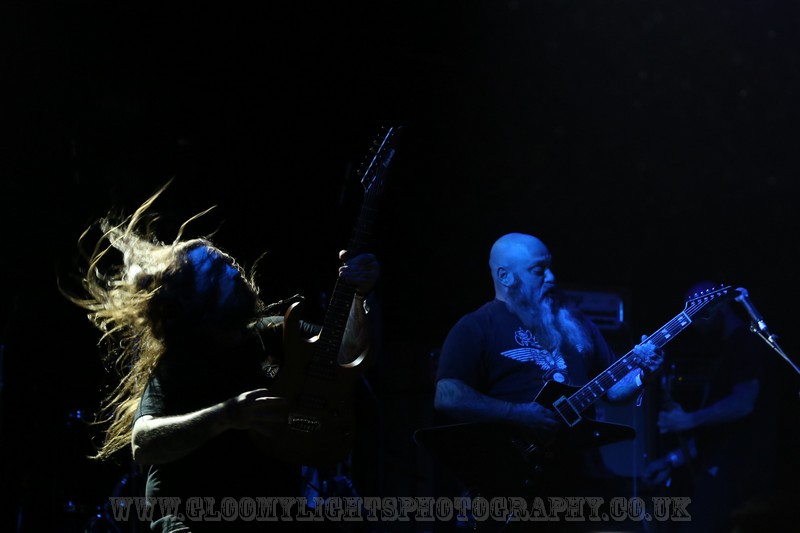



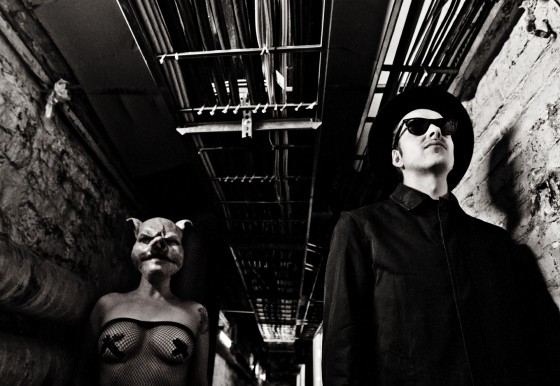
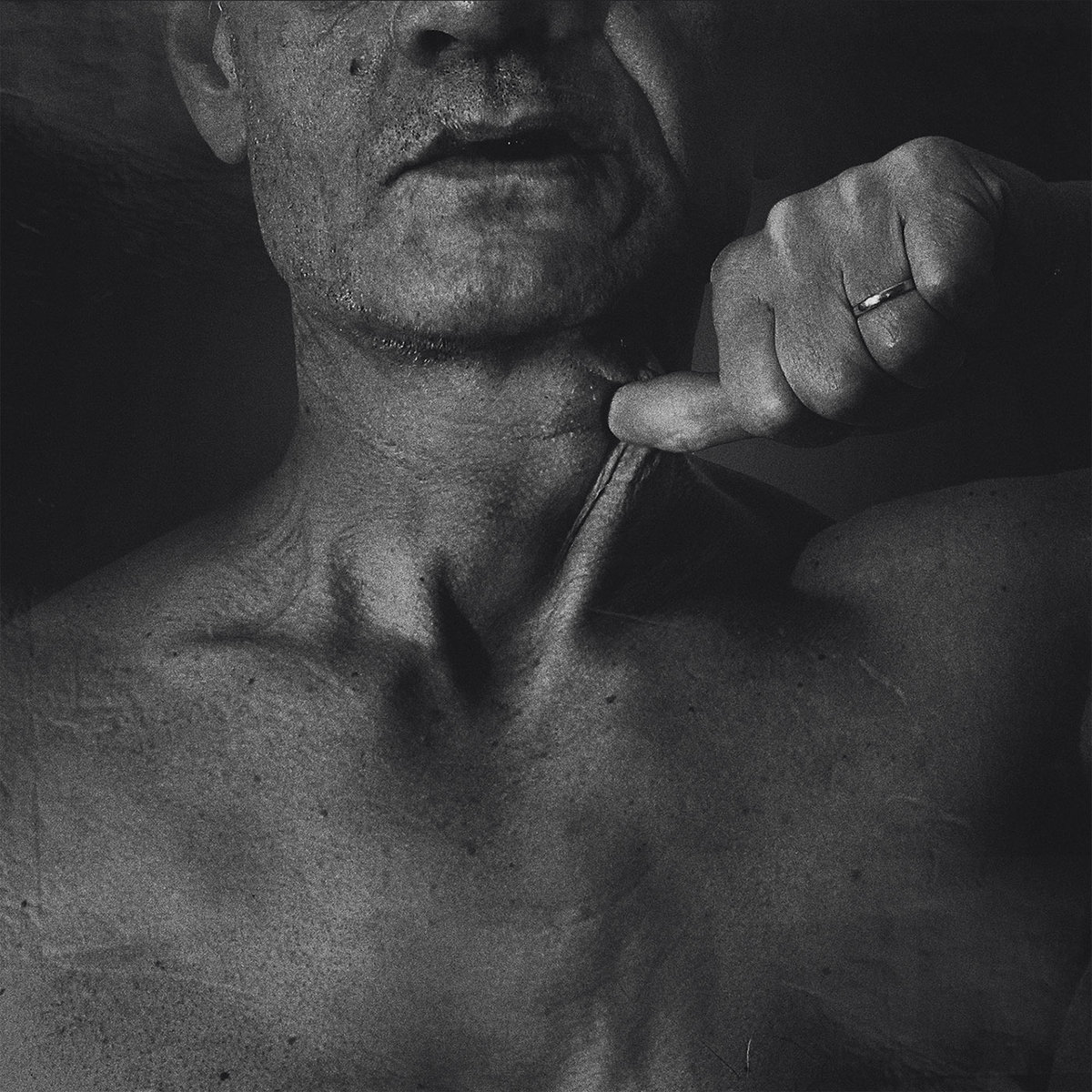

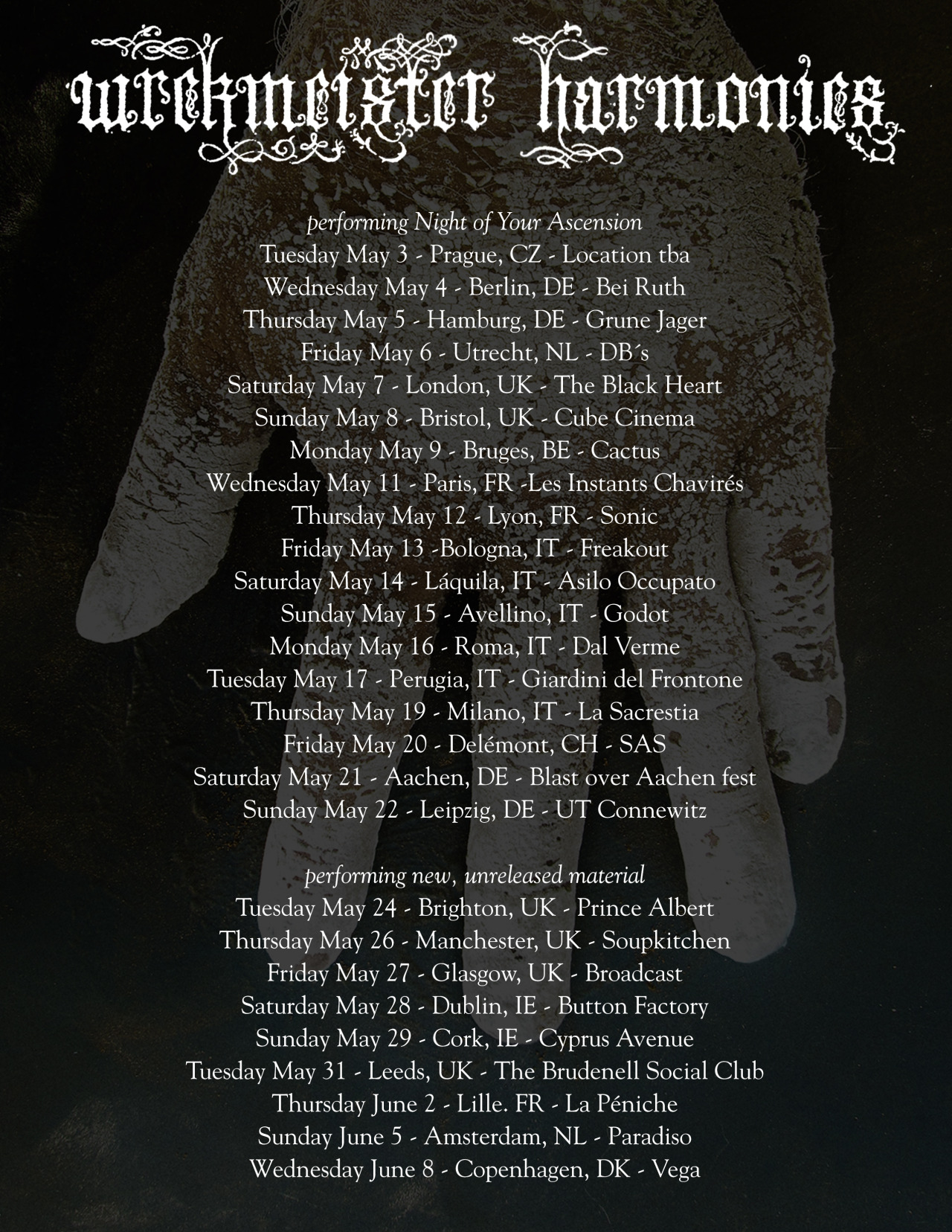
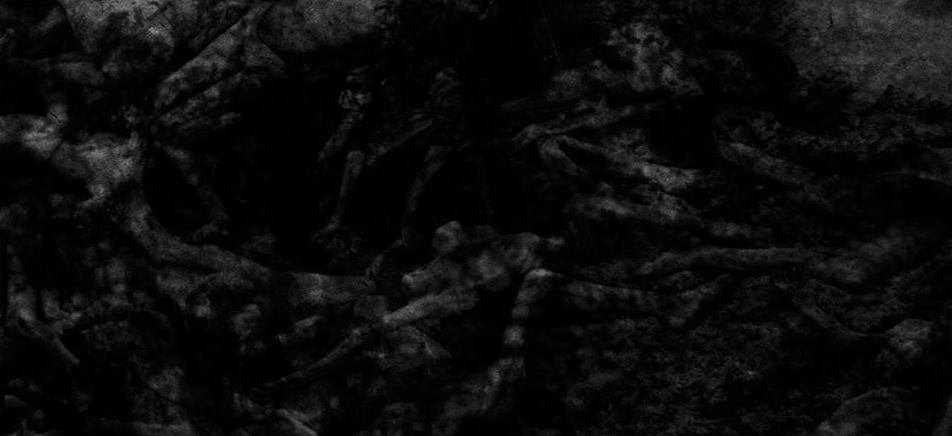




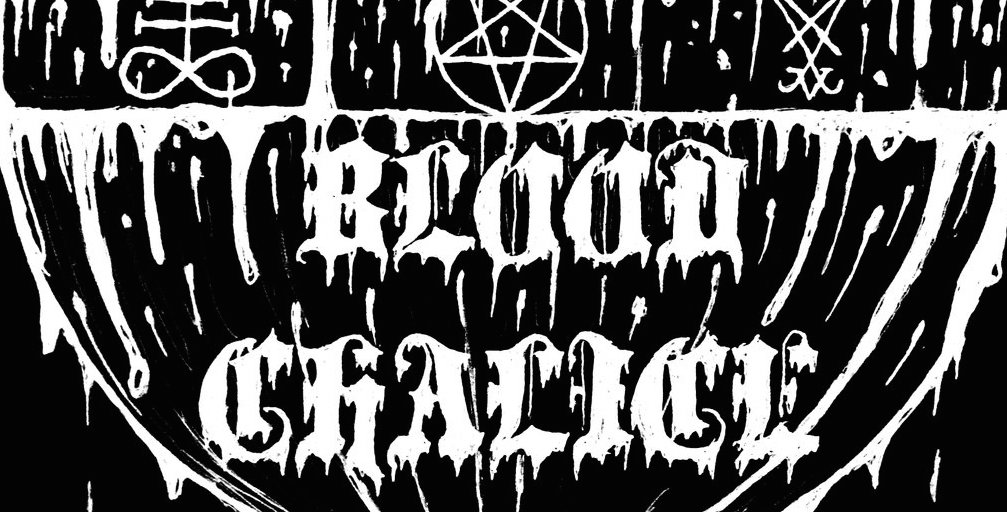
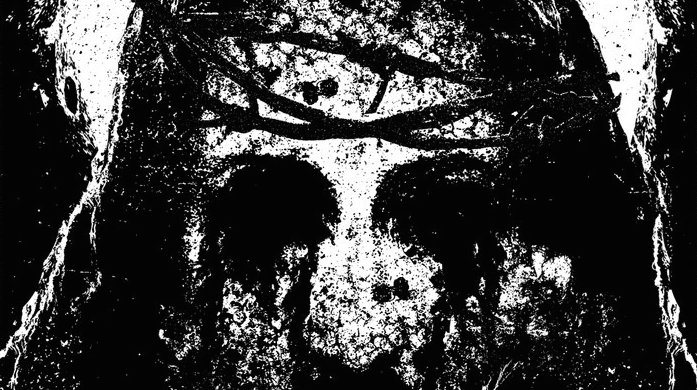



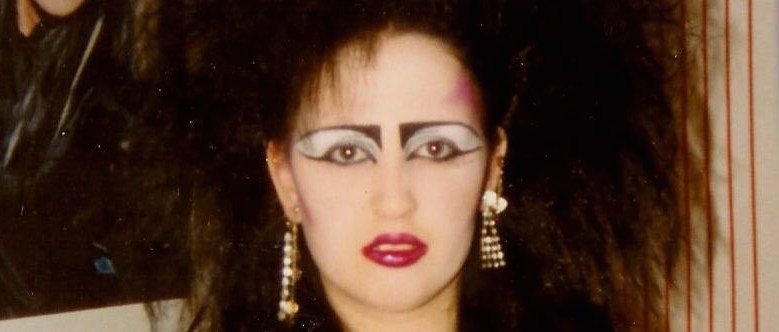
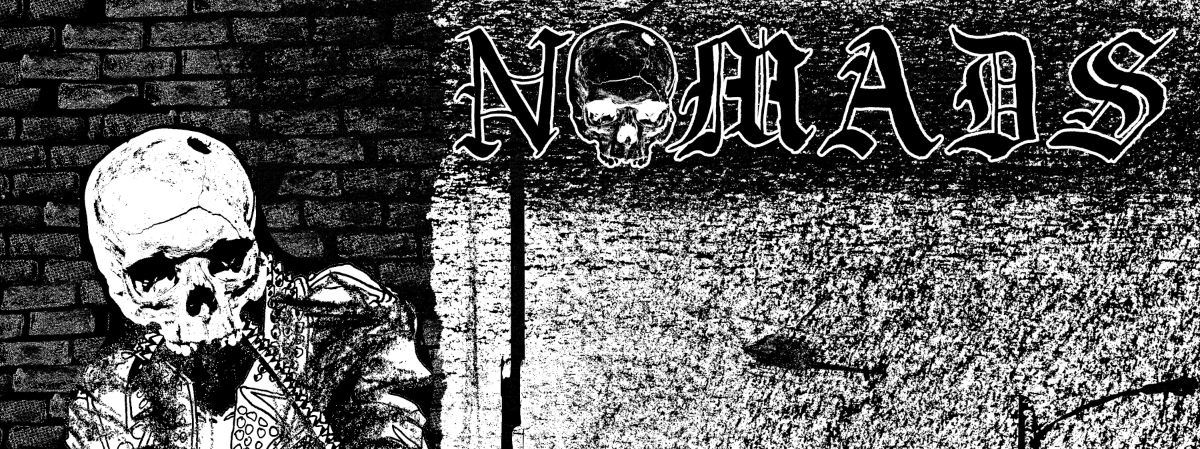




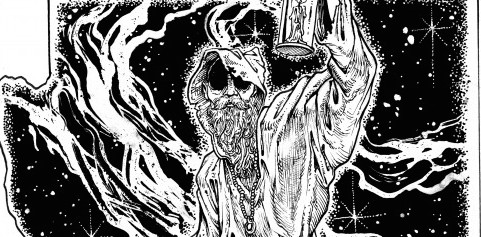



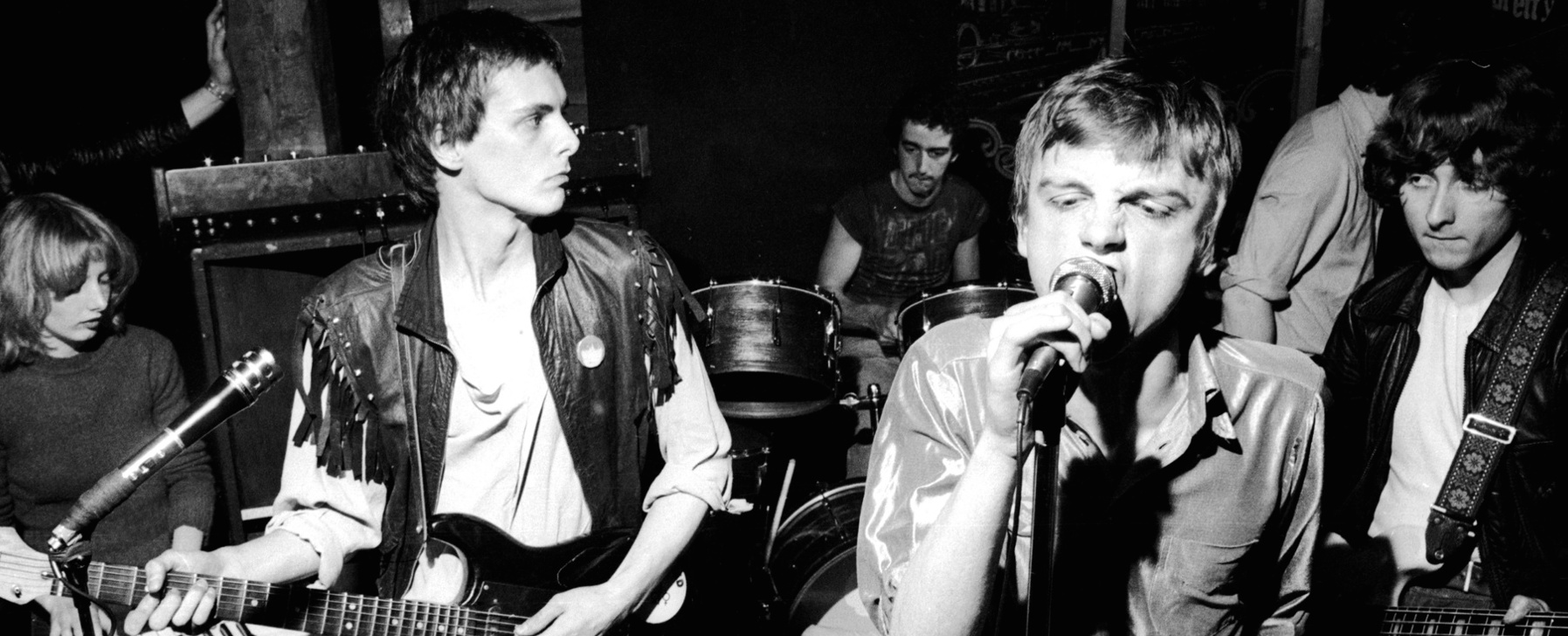

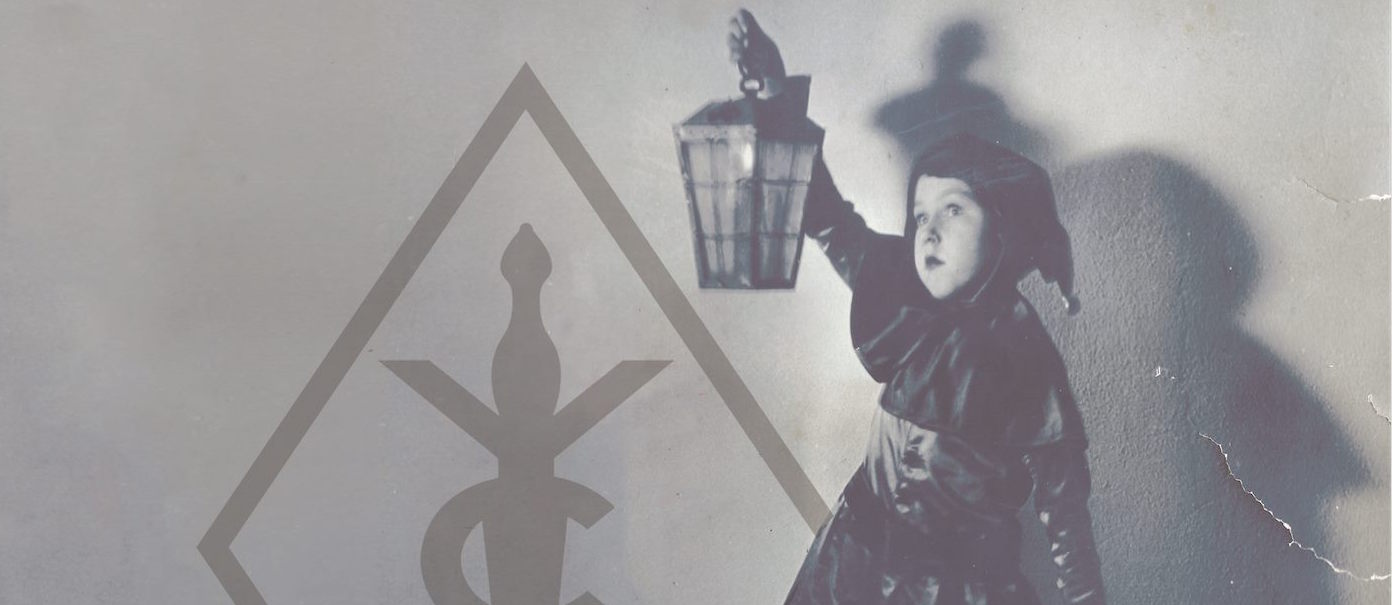



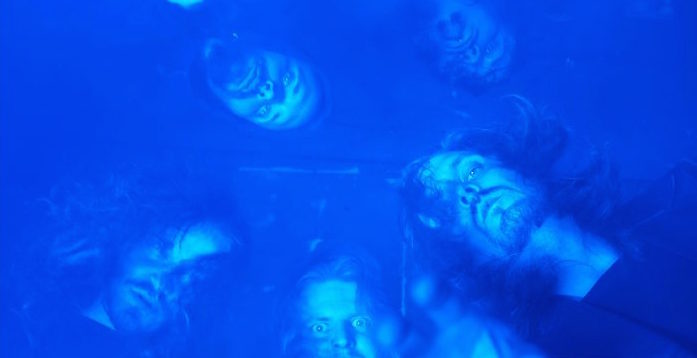
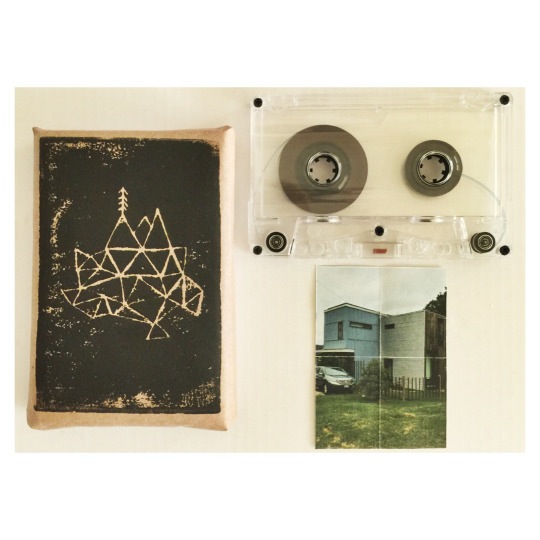
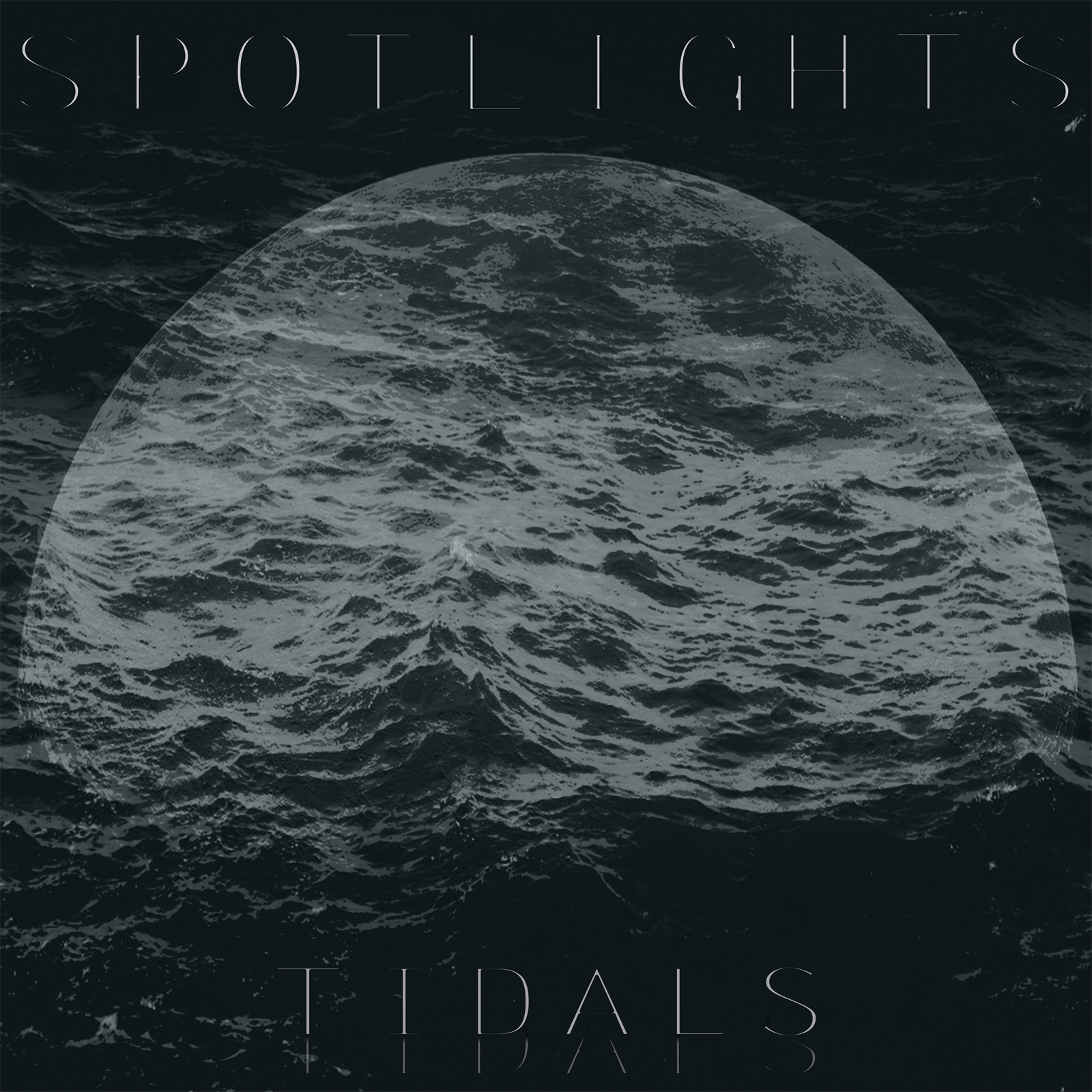
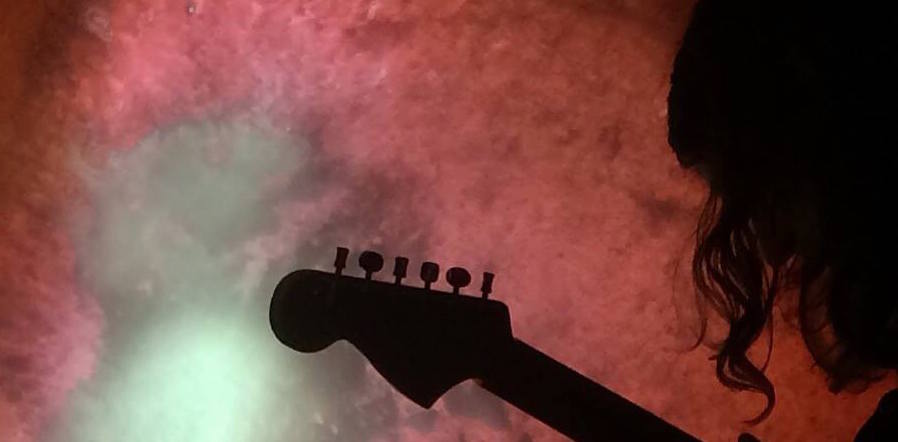

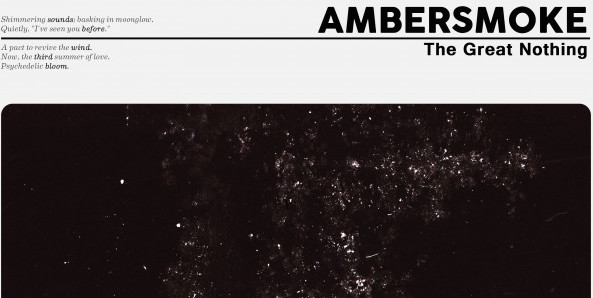
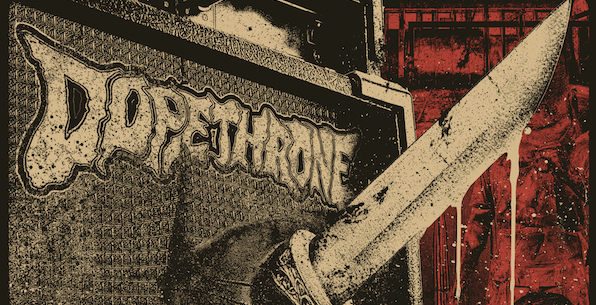


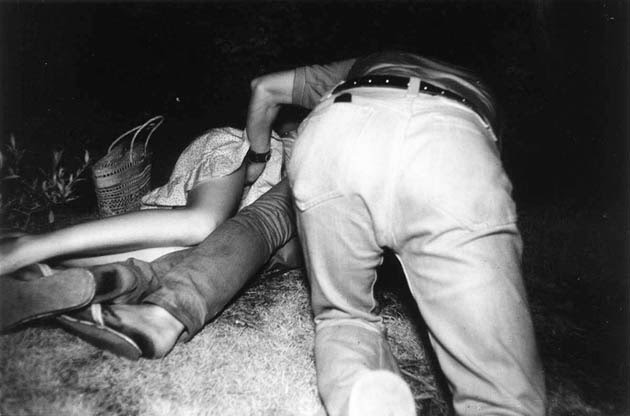
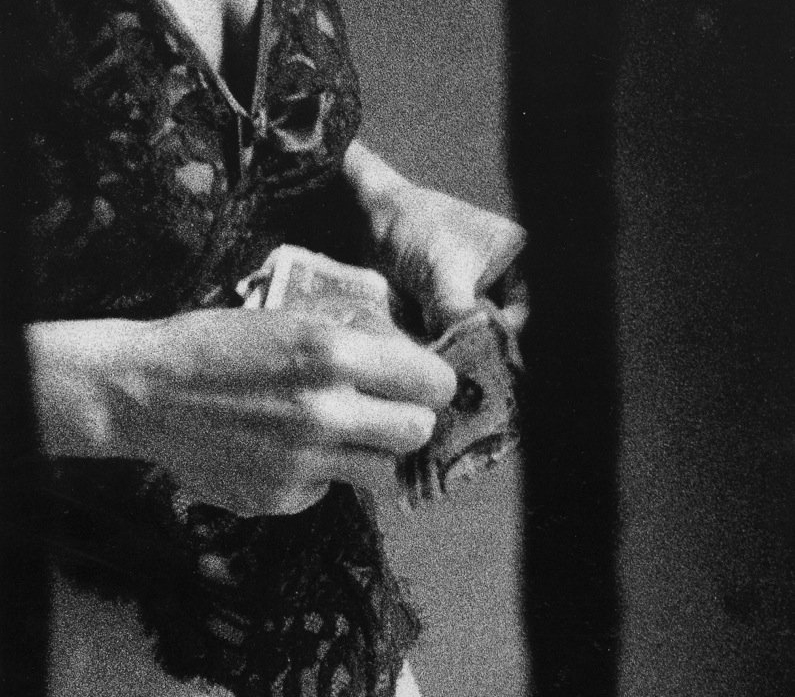



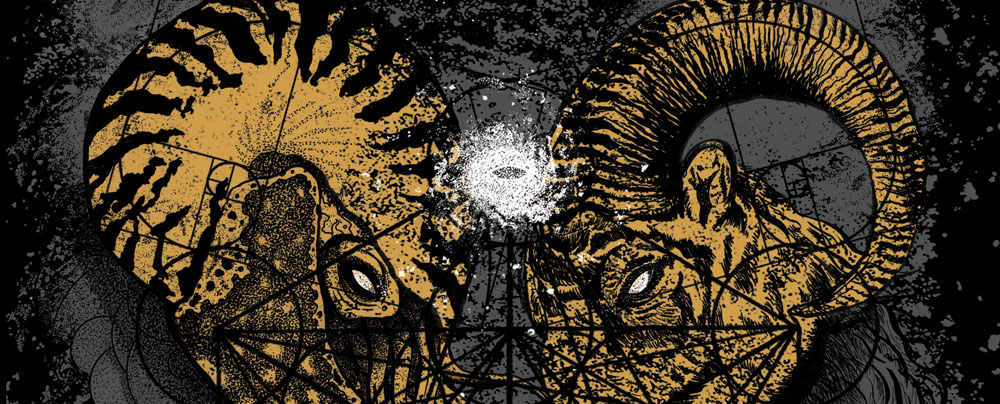

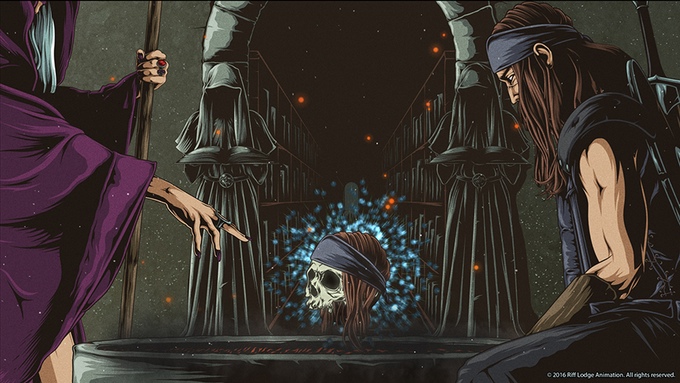
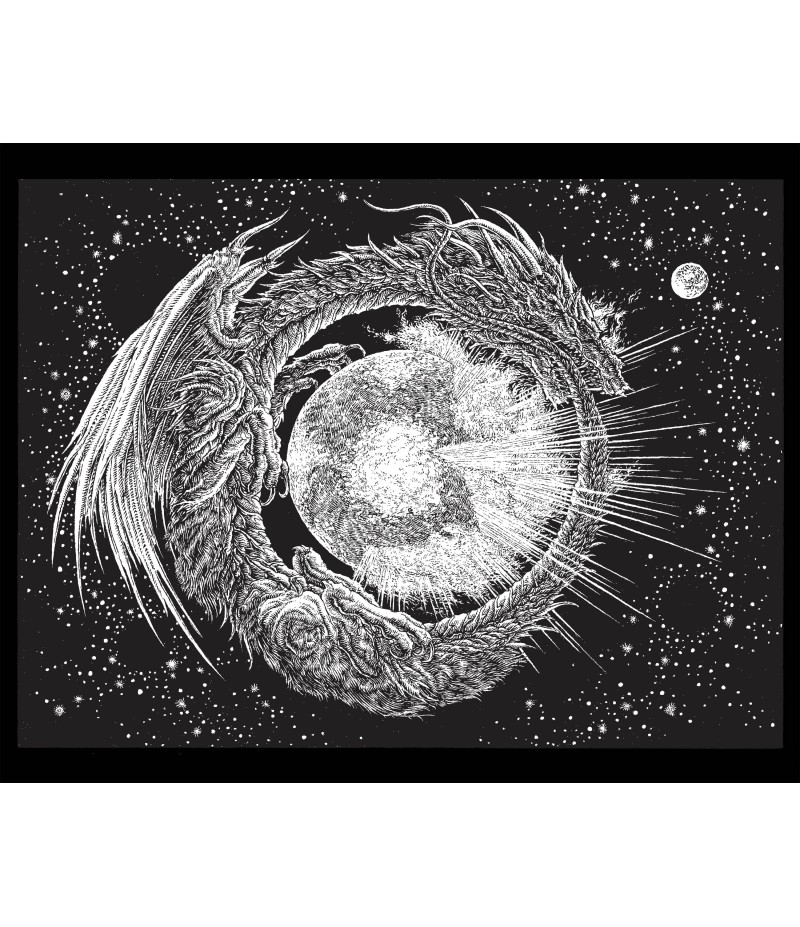
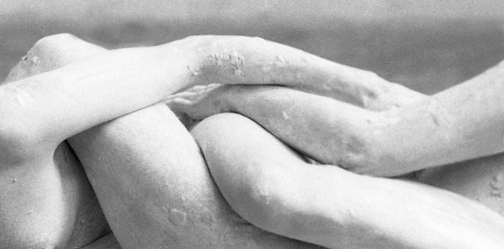

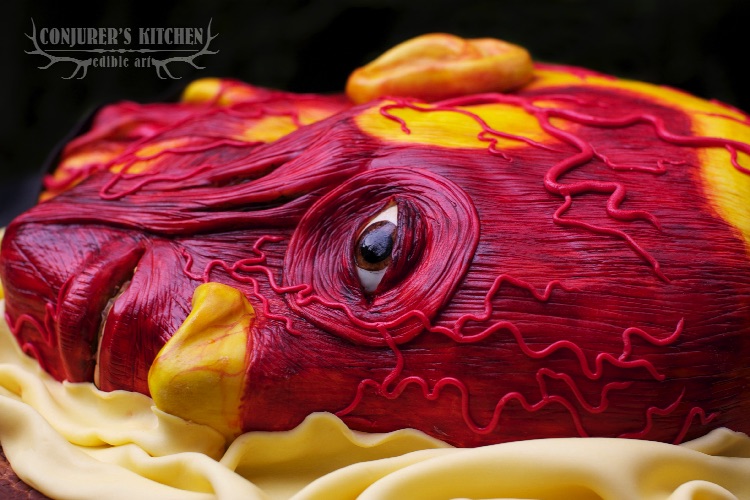
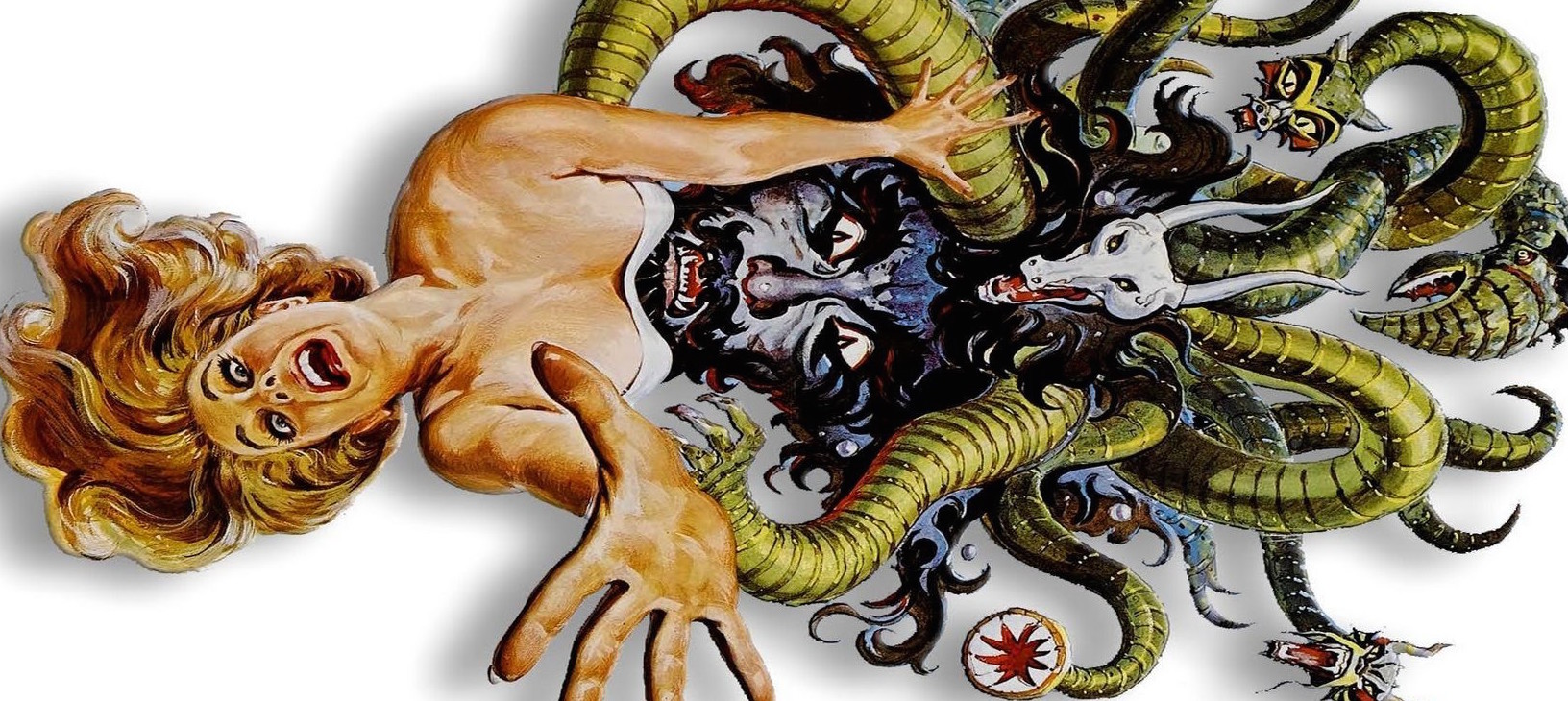

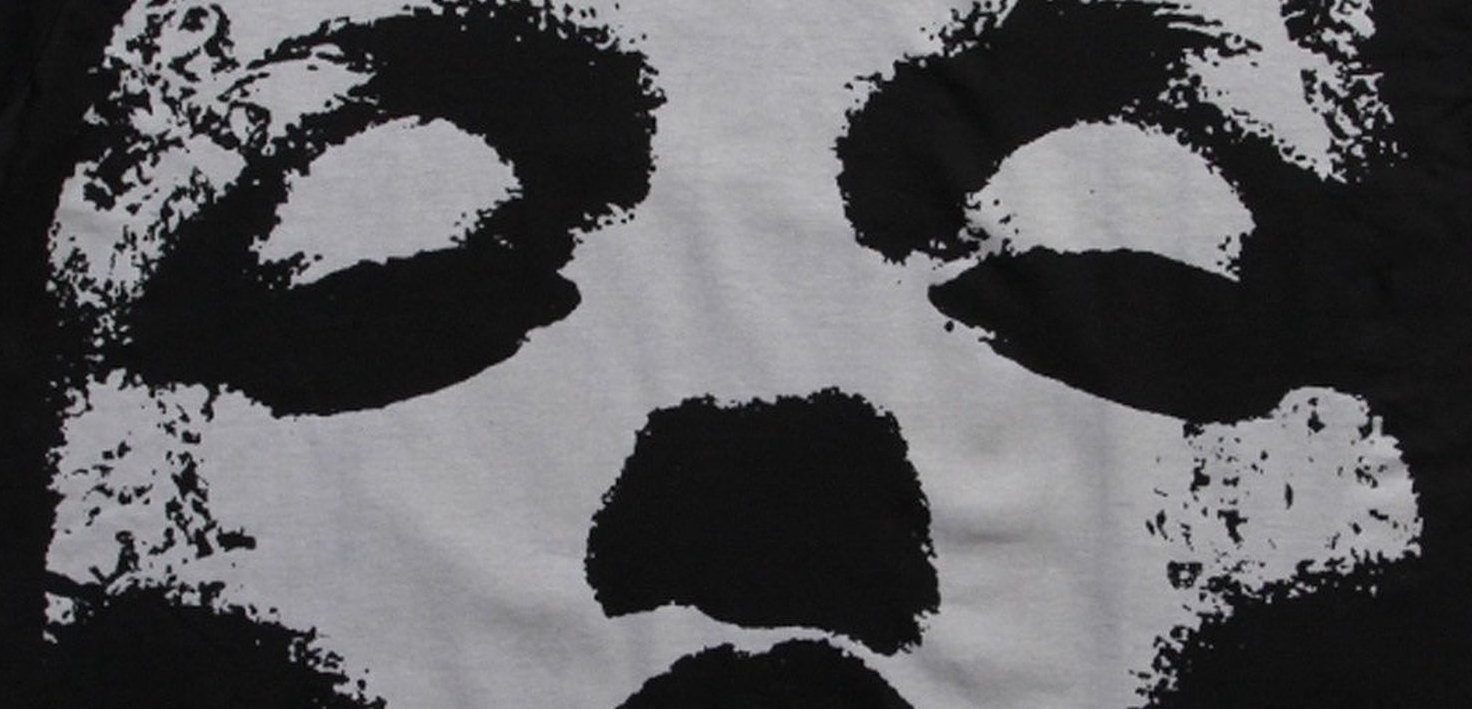

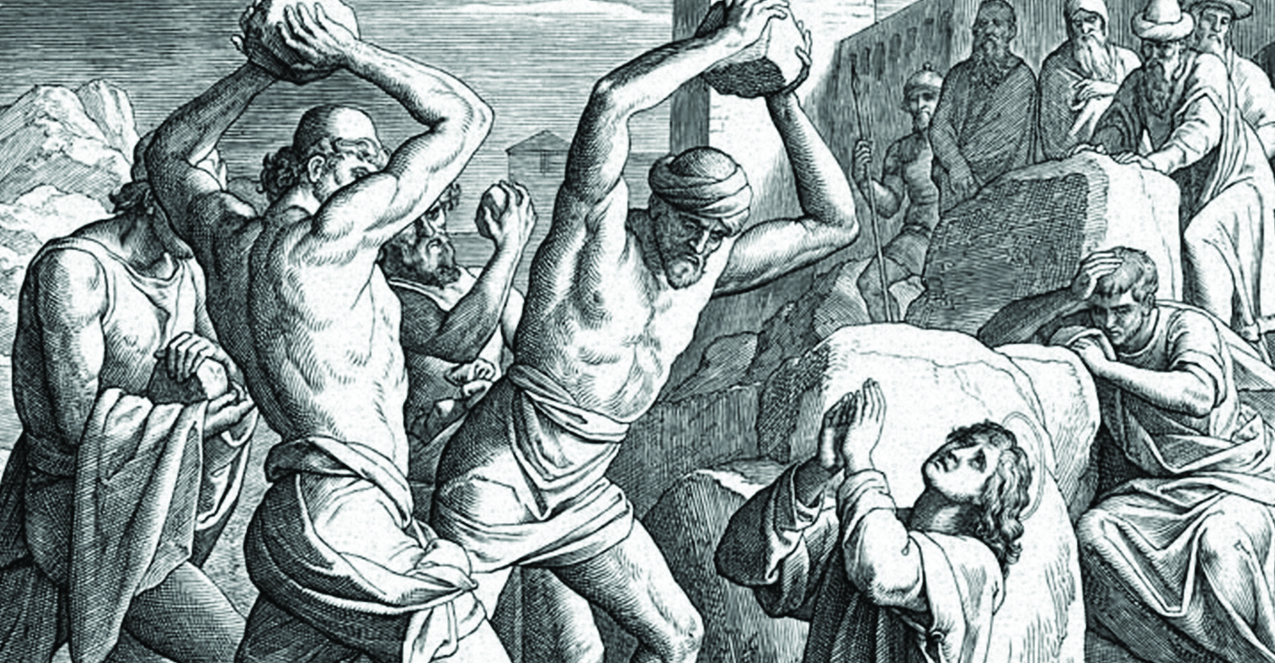
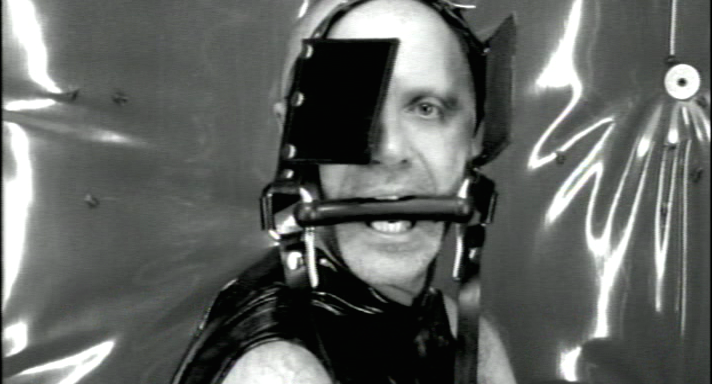

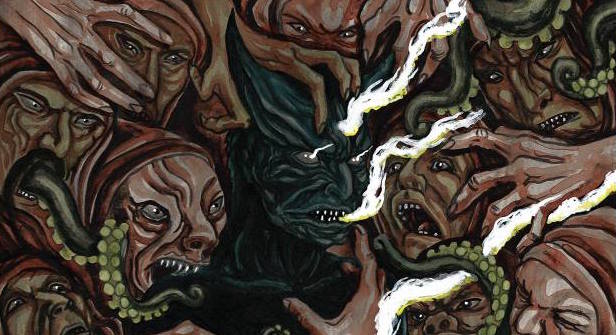


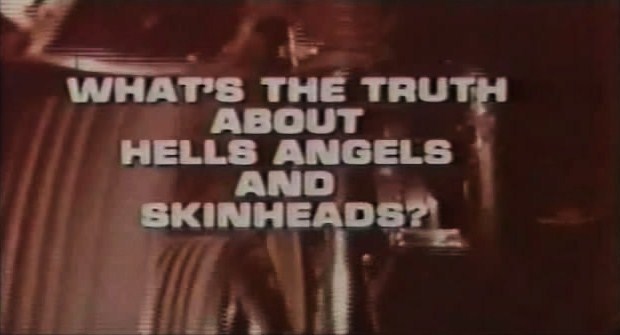
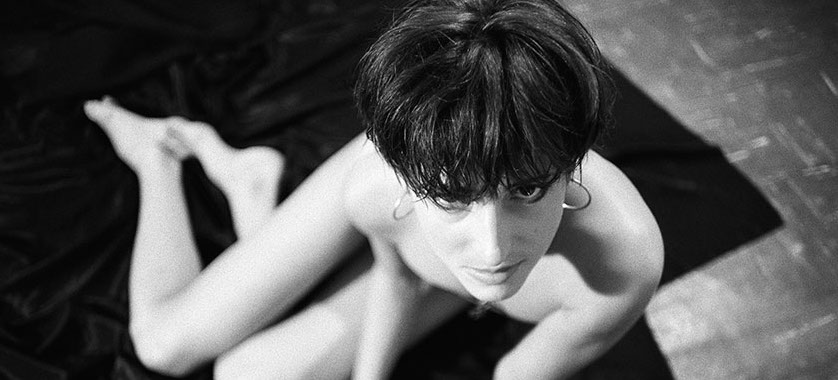

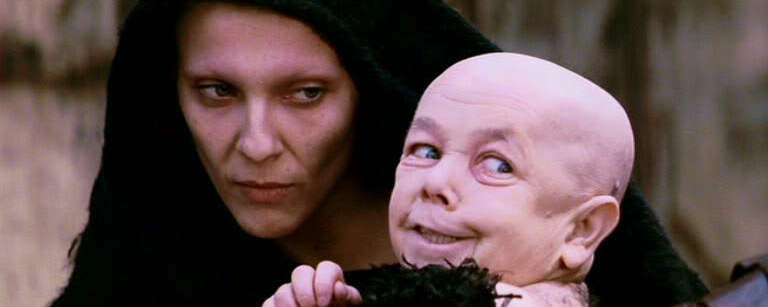






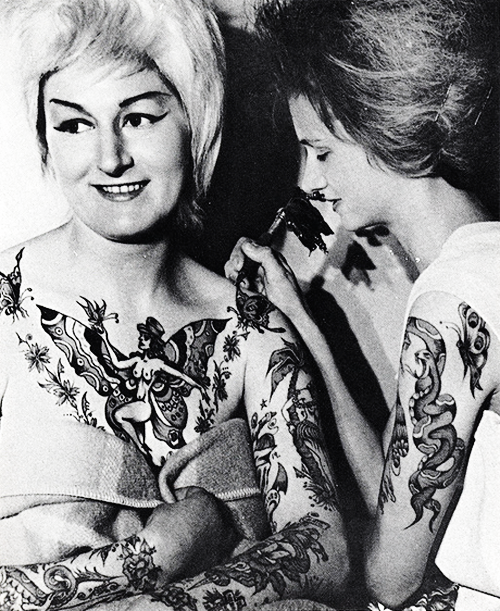







New Comments